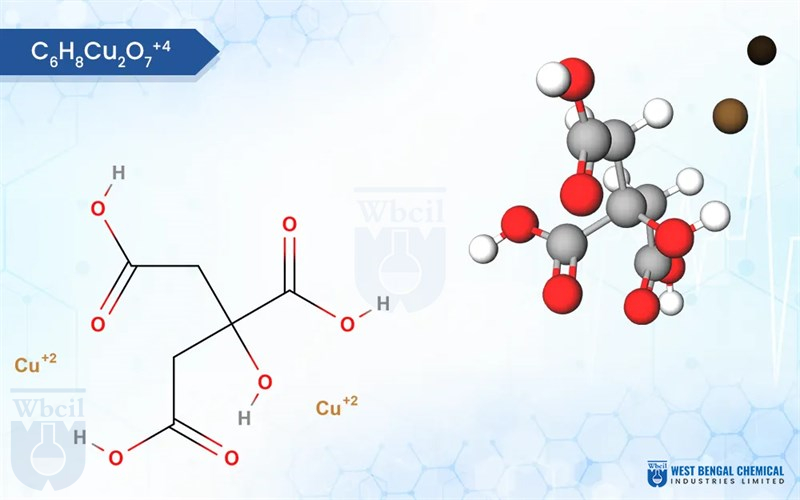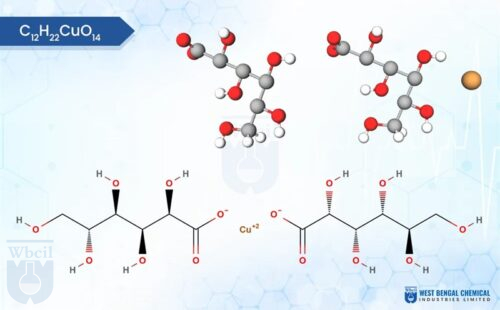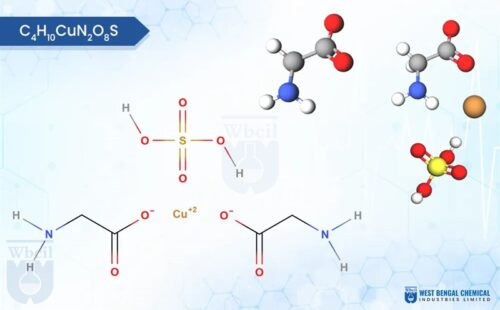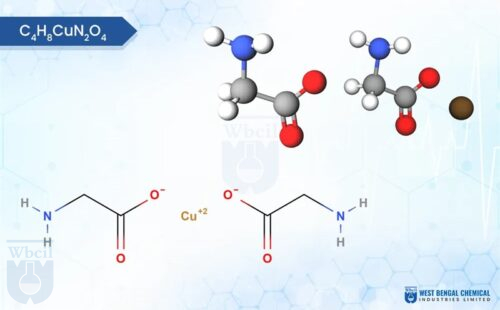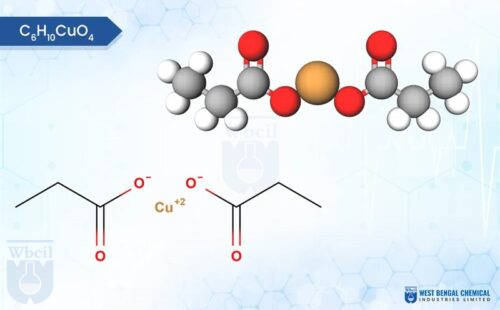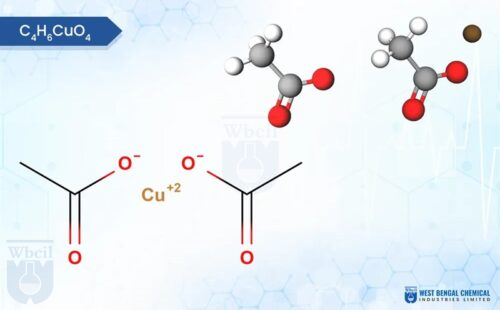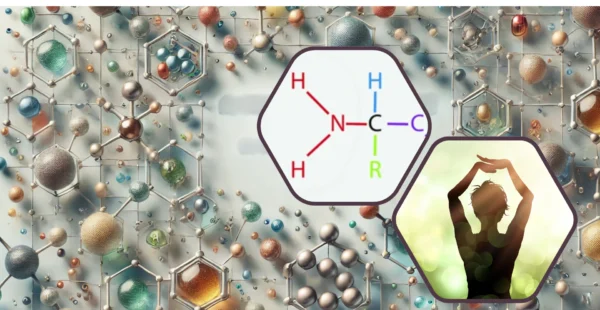Copper Citrate
-
Product Name:
Copper Citrate
-
Molecular Formula:
C6H8Cu2O7+4
-
Molecular Weight:
319.22 g/mol
-
CAS No.:
866-82-0
-
CID Code:
120942
-
Shelf Life:
3 years - 20°C powder
- USP
- IUPAC Names
- Synonyms
- MSDS
USP of Copper Citrate
Copper citrate is used as a dietary supplement to provide essential copper to the body. Copper is an essential trace element required for various biological processes, including enzyme functions and the formation of red blood cells.
IUPAC Names of Copper Citrate
dicopper;2-hydroxypropane-1,2,3-tricarboxylic acid
Synonyms of Copper Citrate
- copper(II) citrate
- cupric citrate
- Copper citrate
- Cu>36%
- dicopper;2-hydroxypropane-1,2,3-tricarboxylic acid
MSDS of Copper Citrate
Download MSDS PDFChemical Product and Company Identification
- MSDS Name: Copper Citrate
- Product Code: CPCNL24
First Aid Measures
- Eye Contact: Flush eyes with large amounts of water for fifteen minutes. Separate eyelids with fingers. If irritation persists, seek medical attention.
- Skin Contact: Wash skin with soap and water. If irritation persists, seek medical attention.
- Ingestion: Do not induce vomiting. Seek medical attention.
- Inhalation: Move to a fresh air environment. Contact a physician if breathing becomes difficult.
Fire-Fighting Measures
- Flash Point: Not Available
- Explosion Limits:
Lower: Not Available
Upper: Not Available - Auto Ignition Temperature: Not Available
- Extinguishing Media: Carbon dioxide, dry chemical powder, alcohol-resistant foam or water spray.
- Protective Equipment: Wear self-contained respirator and fully protective impervious suit. Specific Hazards: May emit hazardous fumes under fire conditions.
Exposure Controls / Personal Protection
- Hygiene measures: Handle in accordance with good industrial hygiene and safety practice. Wash hands before breaks and at the end of workday.
- Respiratory protection: Where risk assessment shows air-purifying respirators are appropriate use a full-face particle respirator type N100 (US) or type P3 (EN 143) respirator cartridges as a backup to engineering controls. If the respirator is the sole means of protection, use a full-face supplied air respirator. Use respirators and components tested and approved under appropriate government standards such as NIOSH (US) or CEN (EU).
- Hand protection: The selected protective gloves have to satisfy the specifications of EU Directive 89/686/EEC and the standard EN 374 derived from it. Handle with gloves.
- Eye protection: Check for and remove any contact lenses. Do not use an eye ointment. Seek medical attention.
- Skin and body protection: After contact with skin, wash immediately with plenty of water. Gently and thoroughly wash the contaminated skin with running water and non-abrasive soap. Be particularly careful to clean folds, crevices, creases and groin. Cover the irritated skin with an emollient. If irritation persists, seek medical attention.
Physical and Chemical Properties
- Appearance Form: Blue color powder
- Color: Blue
- Odour: no data available
- pH: 2.0 – 5.0
- Melting point/freezing point: no data available
- Initial boiling point and boiling range: no data available
- Sublimation Temperature: no data available
- Density: o data available
- Vapour pressure: no data available
- Vapour density: no data available
- Refractive Index: no data available
- Decomposition temperature: no data available
- Viscosity: no data available
References
- https://whmis.org/sds/
- https://www.osha.gov/sites/default/files/publications/OSHA3514.pdf
- https://reachonline.eu/reach/en/annex-ii.html
- https://www.cdc.gov/niosh/npg/
- https://pubchem.ncbi.nlm.nih.gov/compound/Monocopper_II_-citrate
- https://www.chemspider.com/Chemical-Structure.4953985.html
- https://echa.europa.eu/da/substance-information/-/substanceinfo/100.011.594
- https://www.chemicalbook.com/ChemicalProductProperty_EN_CB5329203.htm

If you are interested on Copper Citrate, then
Description of Copper Citrate
Copper Citrate is a chemical compound that consists of copper ions (Cu²⁺) bonded to citrate ions (C₆H₅O₇³⁻). It is a copper salt of Citric Acid. Copper Citrate can be found in different forms, including Copper (II) Citrate and copper (III) citrate, depending on the oxidation state of the Copper ion.
If you are interested on Copper Citrate, then
Application of Copper Citrate
- Copper citrate has antimicrobial properties and can be used as an ingredient in topical creams and ointments to treat skin infections and promote healing.
- Copper citrate has antimicrobial properties and is used as an ingredient in topical creams and ointments to treat skin infections and promote wound healing
Related Products
If you are interested on Copper Citrate, then
Related Blogs of Copper Citrate

Imagine a vibrant mosaic, where each tile, meticulously chosen and placed, contributes to a breath-taking masterpiece. In the intricate mosaic…...

In the intricate ballet of livestock nutrition, where every element plays a pivotal role in the animal's well-being and productivity,…...

Aging is more than just the appearance of wrinkles and gray hair—it’s a multidimensional process that impacts our physical health,…...

In the intricate tapestry of nature, fruit development is a delicate interplay of genetics, environment, and nutrition [1]. While the…...

In today’s world, our bodies constantly encounter toxins—whether from environmental pollution, processed foods, stress, or negative emotions. Over time, these…...

What is Fine Chemicals? Fine chemicals are complex, single, pure chemical substances produced in limited quantities using specialized processes. They…...

Pidolic acid, also known as 5-oxoproline or L-pyroglutamic acid, is a naturally occurring amino acid derivative found in various tissues…...

What is Happiness Blueprint? In the pursuit of happiness, most of us look outward—toward relationships, success, or self-help routines. But…...

The importance of mineral chelates (nutrients) cannot be exaggerated. Factually, these nutrients are necessary for plant growth, development, and overall…...

